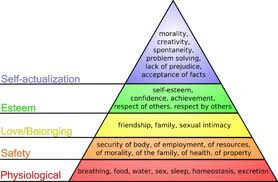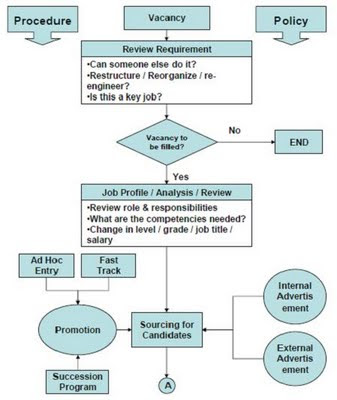Recently, I attended Singapore HR Summit 2011 - Productivity & Workplace ROI. One of the interesting topic that was presented by one of the international speaker was two (2) "emerging HR practice" ...
- 'Sleeping' .... in Europe, organization is allowing their employees to take a nap or have a 'sleep session' between 20 to 30 minutes. According to the presenter, research finding indicated that a 15 minutes nap / sleep can increase productivity as much as 15% to 30%.
- 'Removing the practice of conducting yearly performance appraisal session' ... according to research, there is no evidence that performance appraisal session improve employee's performance. Please don't take it that by removing the yearly performance appraisal session - the organization does not care about managing performance. What they are arguing is managers should be managing and providing positive feedback to their subordinate on 365 days a year.
- 'Free food' ... there is a trend that large organizations (Google, Microsoft Corp, etc.) are provide 'food' as part of their employment benefits. Some provide breakfast and other provide lunch! The presenter link the logic of providing 'food' benefit to "Maslow Hierarchy of Needs" ... sound logic!
Exhibit 1: Maslow's Hierarchy of Needs Theory












































